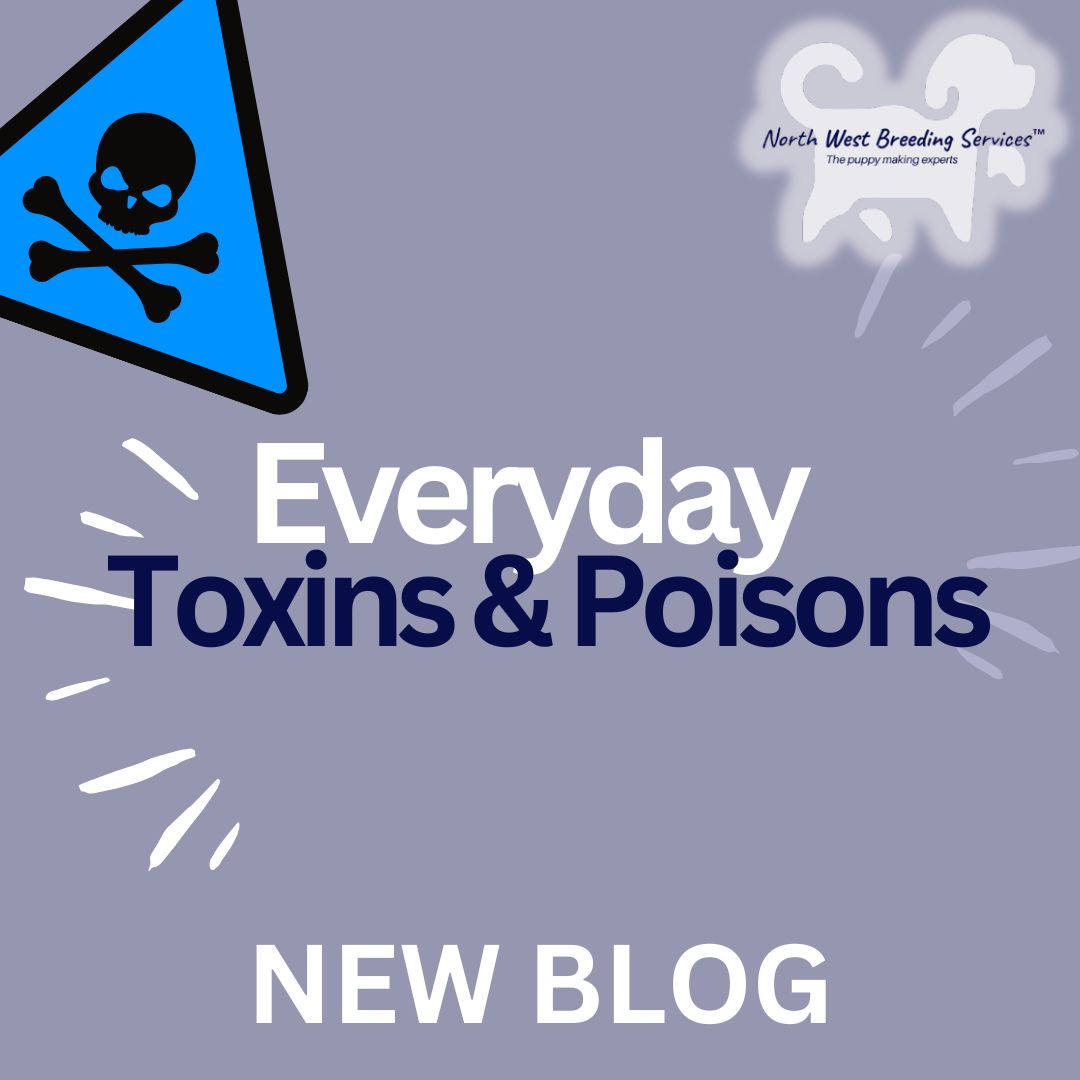
There’s no easy way to start this one, so I’ll just say it straight. In the last few weeks, through NWBS, our vet network and our beloved Pride of Bully community, I’ve heard of multiple dogs being lost to poisoning. Beautiful, healthy dogs. Utterly tragic. It’s shaken me, and I don’t say that lightly. Anyone that knows me will know I go down a rabbit hole with this stuff.
So I wanted to talk about it. Not to cause panic, and not with hysteria, but to share some good old-fashioned awareness. Knowledge really is power.
We all know the obvious culprits: chocolate, grapes, onions. We’ve had that drummed into us with social media posts and the posters in the vets’ waiting room. But there are plenty of other nasties hiding in plain sight, especially in our homes and gardens.
Let me give you an example from my own family...
My parents had a laburnum tree at the front of the house. It looked beautiful, with its yellow blossom, but it is absolutely toxic from root to leaf. My mum was obsessed with warning us about it. She’d have thrown herself across it like a bodyguard if one of us so much as glanced in its direction. And with good reason. Did you know you can’t even burn laburnum wood? The smoke is toxic.
Eventually my dad chopped it down and joked about turning it into firewood for the one person he didn’t like (joking.... mostly!).
Now, full circle, we have one here too. Steve, legend that he is, has trained it so it grows over the external driveway with zero dog access. It stays because we can manage it safely, but it’s a risk I’m always aware of.
That’s really what this blog is about. Not scaring ourselves silly, but knowing what’s around us and planning for it.
Laburnum Trees
All parts are toxic, including bark, leaves, seeds and flowers. It can cause vomiting, twitching, convulsions and even coma.
Apple Seeds & Cherry Pips
One apple isn’t going to hurt, but the seeds contain cyanide compounds. A greedy dog raiding windfall apples or crunching cherry stones could take in far more than you think. What seems harmless to one dog can be lethal to another.
Rat Poison
Sadly still very common in outhouses and on farms. Many rodenticides contain anticoagulants that stop blood from clotting, which causes internal bleeding. By the time symptoms show, it may be too late. If you even suspect access, call your vet immediately.
Slug Pellets & Garden Fertiliser
Some contain metaldehyde, which can cause seizures. Even organic compost heaps can pose a risk due to mould toxins, especially if you have a curious bulldog with a taste for rotting veggies.
Blue Green Algae
Often found in still ponds, lakes and garden water features during warm weather. Even just licking contaminated fur can cause liver failure within hours. If the water looks scummy or bright green-blue, don’t risk it.
Xylitol (Sweetener)
Found in sugar-free gum, peanut butter, kids’ yoghurts and even dental products. In dogs it causes a massive insulin release, leading to dangerously low blood sugar and potential liver damage.
Human Painkillers (e.g. Ibuprofen)
Dogs don’t metabolise these like we do. Even one tablet can cause serious kidney or liver damage, especially in dogs with sensitive systems. As most of us know, vets will sometimes prescribe paracetamol, but it should only be given under their guidance, never as a home remedy.
Don’t wait for symptoms. By the time they appear, damage may already be done. So act quickly.
I recommend you screen shot this page, send it to the other half, and keep it safe - you never know when it might be you needing the information.
Nor our dogs. Believe me, I’ve tried, and the therapy bill for me would be ridiculous. But we can stay one step ahead.
As breeders, owners and guardians of these brilliant, bonkers, beloved creatures, we owe it to them to know what’s around them. Prevention and fast action save lives. Sometimes it’s as simple as checking the ingredients on a snack or fencing off that shady patch by the pond.
Here’s to being aware, prepared and confident in our choices. Knowledge is power, and in moments like this, swift action can be the difference between a happy ending and heartbreak.
Take care of your dogs, and yourselves too. The furry ones need their servants!
Jo x
Northwest Breeding Services
The Puppy Making Experts™